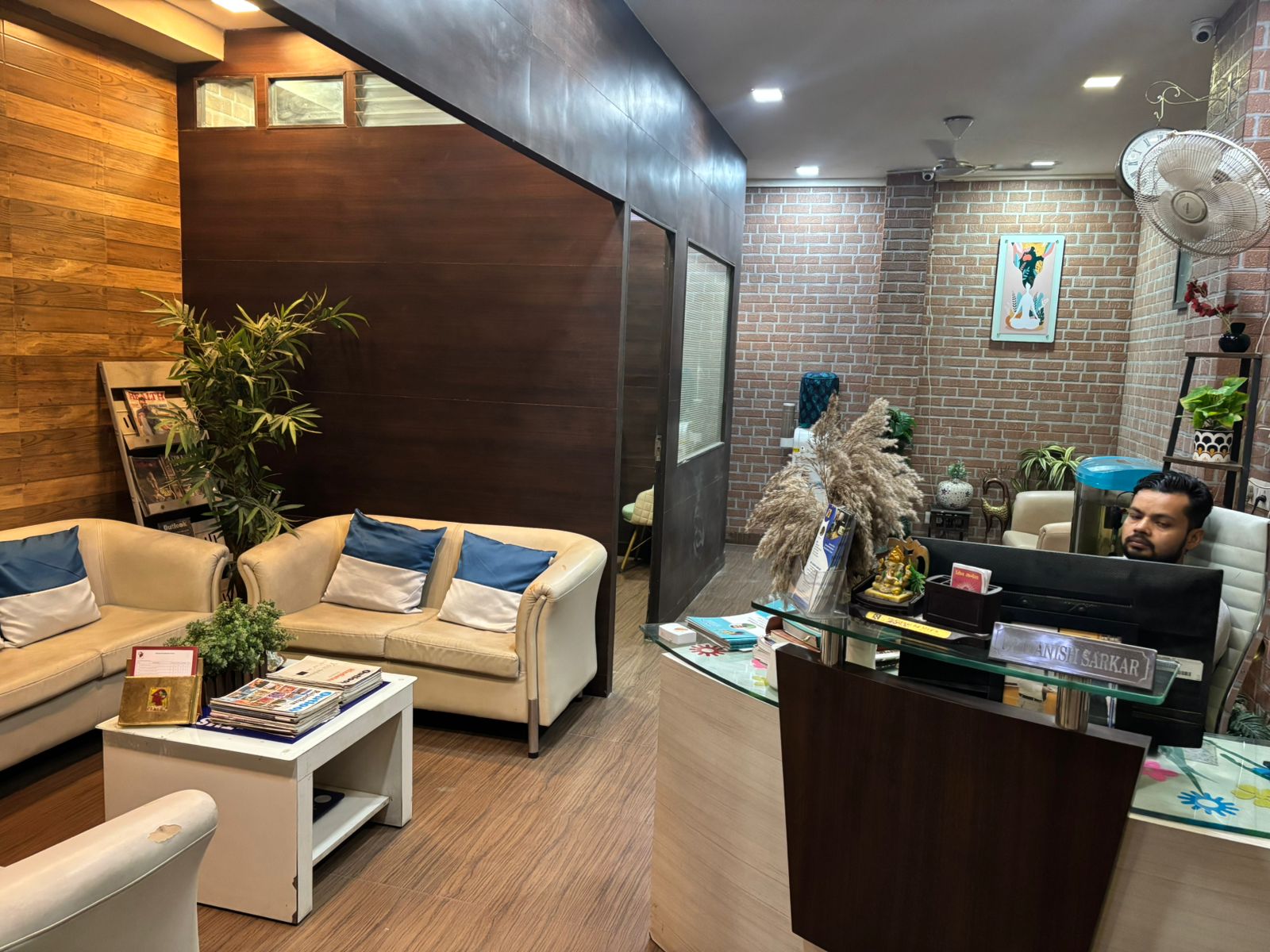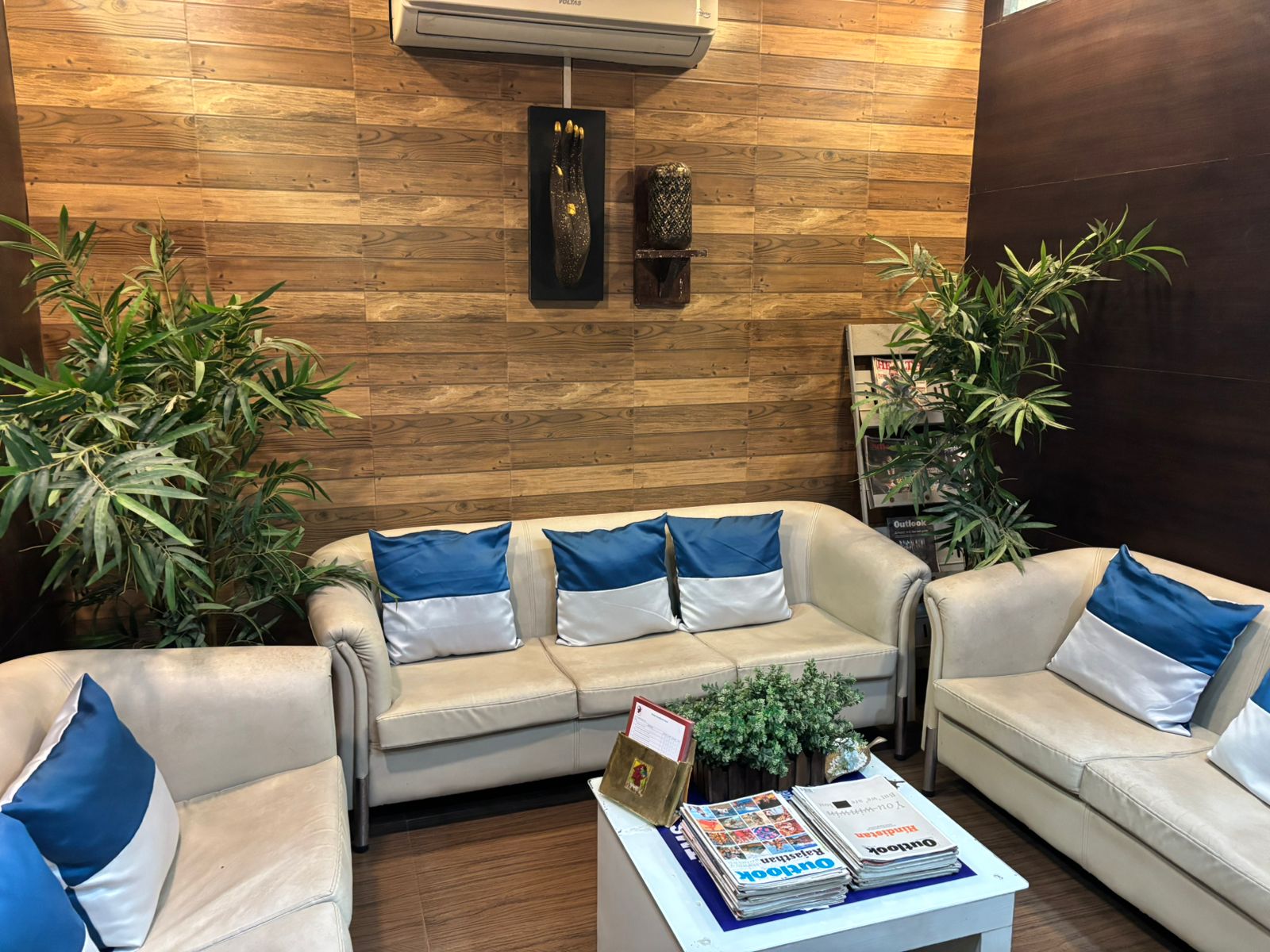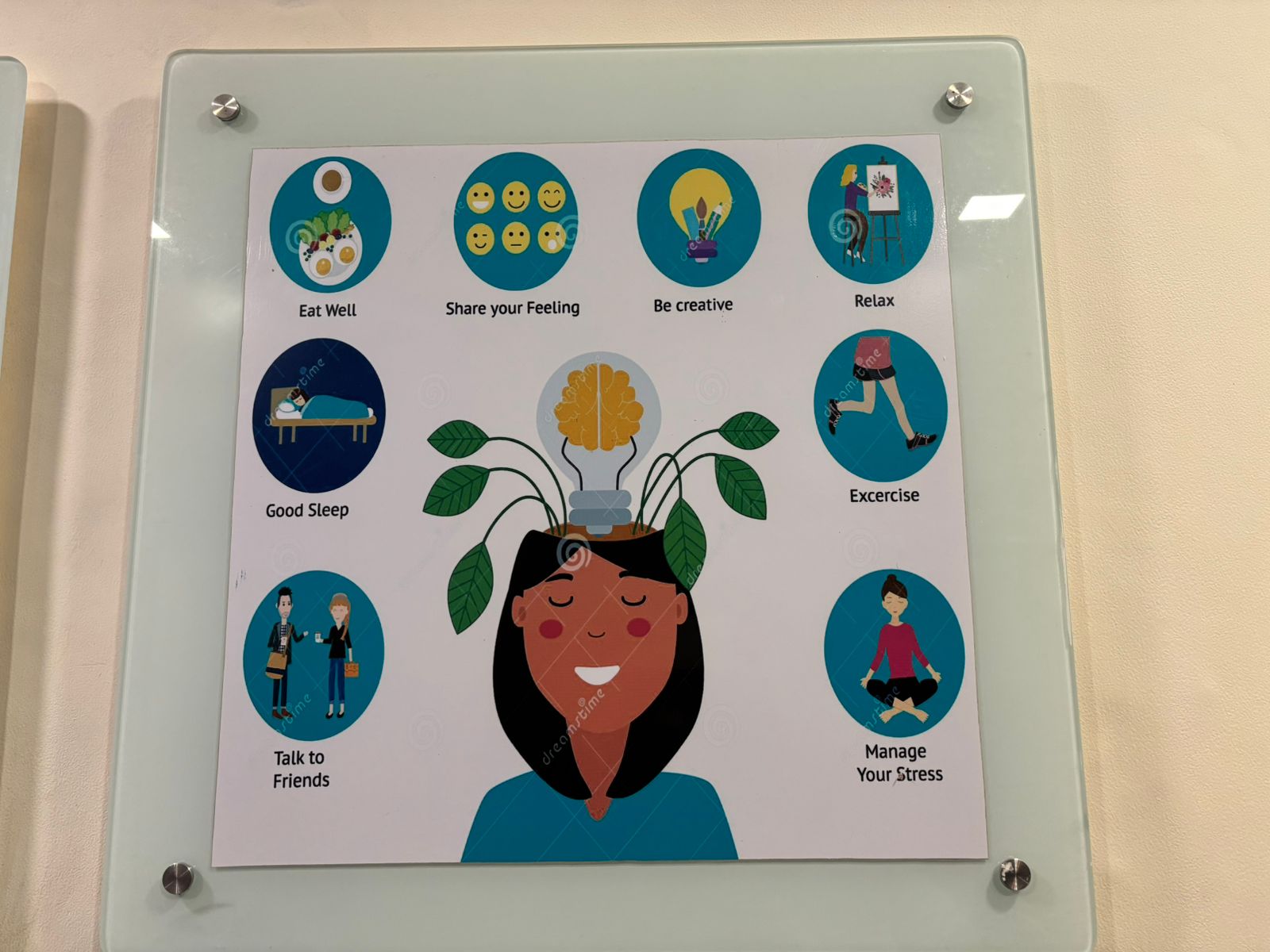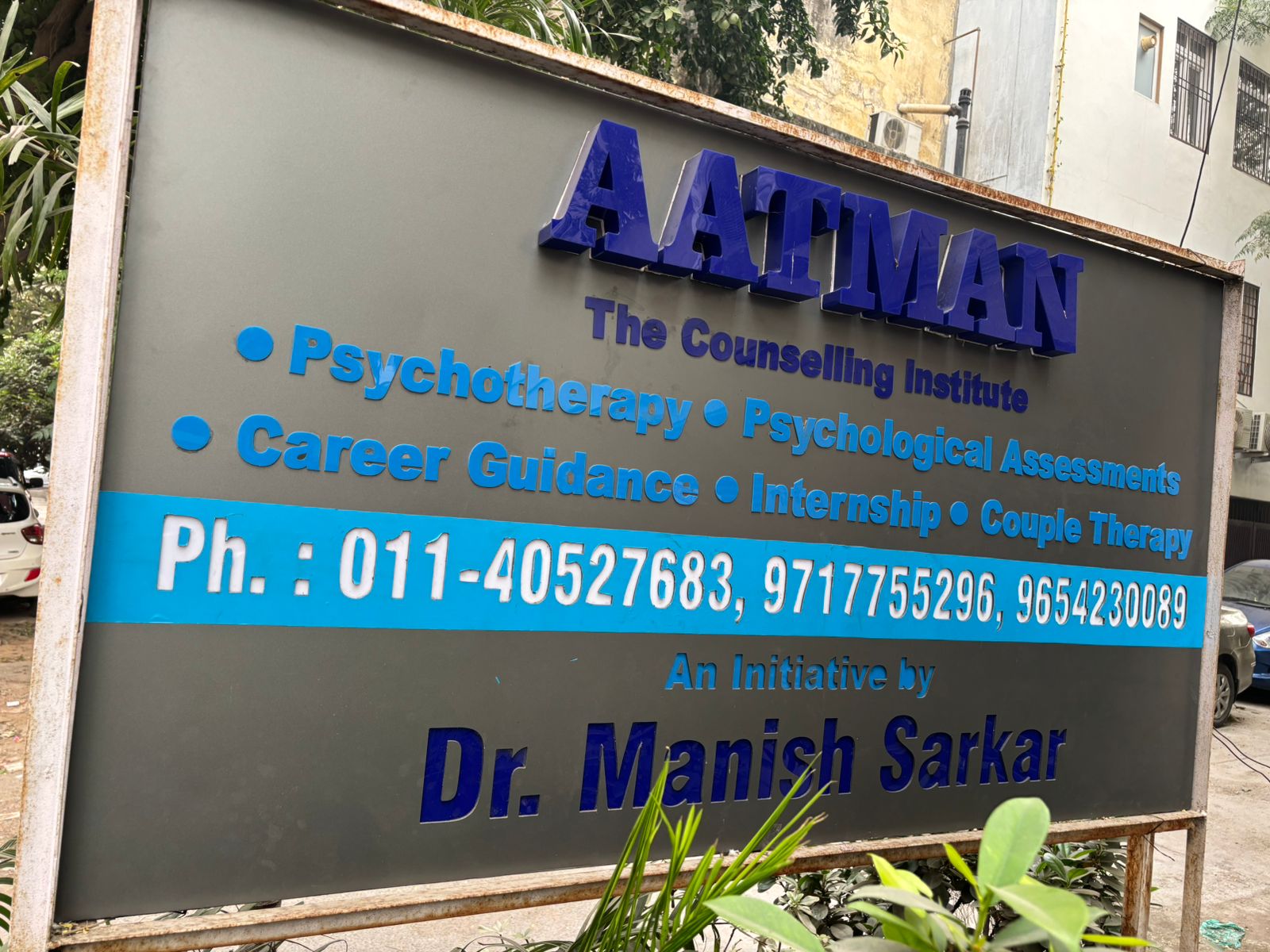Obsessive-Compulsive Disorder (OCD) is a complex mental health condition characterized by intrusive thoughts (obsessions) and repetitive behaviors (compulsions). While traditional treatments such as cognitive behavioral therapy (CBT) and medications like SSRIs are effective for many, some individuals continue to experience debilitating symptoms. Repetitive Transcranial Magnetic Stimulation (rTMS) is emerging as a promising alternative for treating OCD.
What is rTMS?
rTMS is a non-invasive treatment that uses magnetic fields to stimulate specific regions of the brain associated with mood and anxiety regulation. During the procedure, a small electromagnetic coil is placed on the scalp, delivering magnetic pulses to targeted areas. This stimulation aims to alter brain activity patterns that contribute to OCD symptoms, helping to reduce obsessive thoughts and compulsive behaviors.
One of the key benefits of rTMS is that it is generally well-tolerated, with most patients experiencing minimal discomfort during sessions, which typically last around 30 to 40 minutes.
Benefits of rTMS Treatment for OCD
Non-Invasive Approach: rTMS is a non-invasive procedure, which means it doesn’t require surgery or sedation. This makes it a more appealing option for those wary of invasive treatments.
Minimal Side Effects: Compared to traditional medications, rTMS has a lower risk of significant side effects. Most patients experience only mild side effects, such as a slight headache or scalp discomfort, which usually resolve quickly.
Effective for Treatment-Resistant OCD: rTMS has shown considerable promise for individuals who have not found relief through conventional treatments. Research indicates that many patients experience substantial reductions in OCD symptoms after a course of rTMS.
Convenient Treatment Sessions: Each rTMS session is relatively short, lasting about 30 to 40 minutes, allowing patients to easily fit treatment into their daily routines without significant disruption.
Long-Lasting Results: Many patients report enduring improvements in their OCD symptoms even after completing their treatment course. This sustained benefit can lead to a better quality of life and increased functionality.
Conclusion
If you or someone you know is struggling with OCD and is seeking alternative treatment options, rTMS may be a worthwhile consideration. As with any medical intervention, it’s crucial to consult with a healthcare professional to determine the best course of action tailored to individual needs. With its non-invasive nature and encouraging results, rTMS treatment for OCD offers hope for those looking to regain control and improve their mental health.







.jpg)
.jpg)
.jpg)